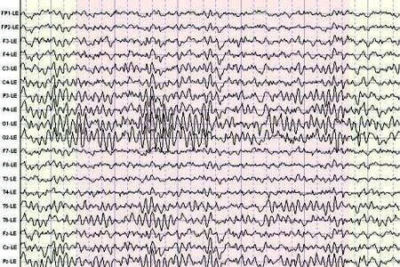Revealing the Secrets of the Mind Through qEEG Cerebral Mapping in Psychological Wellness Assessment
Revealing the Secrets of the Mind Through qEEG Cerebral Mapping in Psychological Wellness Assessment
Blog Article
Understanding the individual brain is a challenging endeavor, especially when it pertains to mental health. Conventional approaches of evaluation frequently rely on interviews and questionnaires, which can occasionally overlook crucial details about how the brain functions. This is where qEEG brainwave analysis, or qEEG, enters into the picture. qEEG is a specialized technique that measures neural signals in the cerebrum. By examining these brainwaves, psychological health experts can obtain important insights into a person's mental state, helping to improve assessment and intervention.
qEEG functions by applying small electrodes on the head to capture brain activity. These electrodes measure neural signals produced by neurons, the cells in the brain that interact with one another. The data collected is then analyzed and displayed as a series of patterns. Each type of brainwave—such as α, β, delta, and theta—relates to various mental conditions and functions. For example, alpha oscillations are often associated with calmness, while beta oscillations are associated to engaged thinking and issue resolution. By examining these patterns, healthcare providers can identify irregularities that may suggest mental health concerns.
One of the significant advantages of qEEG is its capability to offer unbiased data. Unlike conventional evaluations that rely on subjective accounts from patients, qEEG offers a distinct picture of neural function. This clarity can help minimize prejudices in diagnosis and result to more accurate intervention plans. For instance, if a client is experiencing stress, qEEG can show particular patterns of neural function that are associated with stress disorders. This information enables mental health experts to tailor interventions more efficiently, whether through therapy, pharmaceuticals, or alternative approaches.
Moreover, qEEG can be especially beneficial in tracking treatment advancement. By performing qEEG assessments at different stages during therapy, clinicians can monitor changes in brain function over period. This ongoing try these out assessment helps ascertain if a treatment is working or if modifications are needed. For example, if a patient is not reacting to a specific medication, qEEG may indicate that their brain activity has not changed in a manner that suggests improvement. This feedback cycle can result to more personalized and effective mental health treatment.
In conclusion, qEEG brain mapping is a potent instrument in the field of mental health assessment. By offering unbiased information about brain activity, it enhances the comprehension of different psychological health disorders. This technique not only aids in accurate assessment but also assists in tracking treatment effectiveness. As mental health experts persist to investigate the capabilities of qEEG, it possesses promise for improving the lives of individuals facing psychological health issues. With continuous research and advancements in technology, the mysteries of the mind may become more apparent, resulting to better results for those in requirement of assistance.